POPULATION
5.583.000
CURRENCY
CANADIAN DOLLAR (CA$)
TIMEZONE
GMT -4:00
LANGUAGE
ENGLISH
WEATHER
JULY 27ºC /
JANUARY -2ºC
AIRPORTS
Toronto Pearson International Airport
HISTORICAL IMPORTANCE OF TORONTO
Toronto's historical importance to Canada is profound and multifaceted. Initially settled by Indigenous peoples, the area later became a crucial trading post for European colonists in the 18th century. During the War of 1812, York (present-day Toronto) suffered a pivotal attack by American forces, marking a significant chapter in its resilience and subsequent growth. Throughout the 19th and 20th centuries, Toronto burgeoned into Canada's largest city, fueled by its strategic location on Lake Ontario and its emergence as a vital industrial and commercial center. Culturally, Toronto has been a beacon of diversity and creativity, attracting immigrants and fostering a vibrant arts scene that has shaped Canadian literature, music, and theater. As the capital of Ontario and a major economic powerhouse, Toronto continues to play a pivotal role in Canada's political, economic, and cultural landscape, embodying a dynamic blend of heritage and modernity.
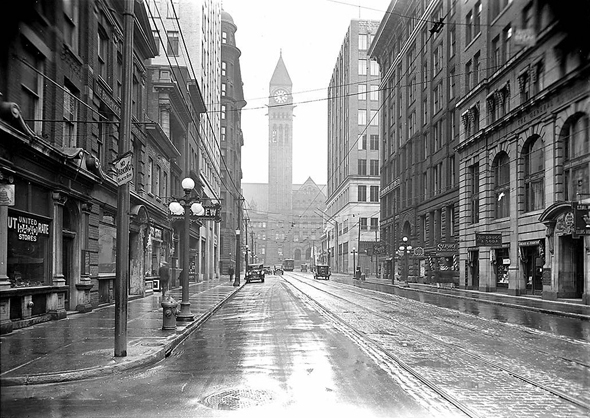
EXCEPTIONAL CULTURAL DIVERSITY
Toronto is renowned for its exceptional multicultural diversity, which enriches the city's cultural fabric in numerous ways. As one of the most diverse cities in the world, Toronto boasts a population that encompasses people from virtually every country, culture, and ethnicity. This diversity is reflected in the city's neighborhoods, where vibrant communities have formed, each offering distinct cultural experiences through cuisine, festivals, arts, and traditions. From Chinatown and Little Italy to Greektown and Little India, Toronto's neighborhoods showcase the global mosaic of cultures that call the city home. This multiculturalism not only fosters a rich tapestry of culinary delights but also contributes to a dynamic arts and music scene, a thriving economy bolstered by global perspectives, and a welcoming atmosphere that celebrates inclusivity and mutual respect. Toronto's multicultural diversity is a defining characteristic that makes it a truly global city where visitors and residents alike can experience a world of cultures without leaving its boundaries.
THE BEST TIME TO VISIT TORONTO
The best time to travel to Toronto largely hinges on personal preferences and desired activities. Summer (June to August) is ideal for warm weather, outdoor festivals, and exploring Toronto's waterfront and islands. Fall (September to November) offers picturesque autumn foliage, fewer crowds, and comfortable temperatures, making it perfect for scenic drives and outdoor activities. Spring (April to May) brings blooming flowers and moderate weather, ideal for enjoying parks and outdoor events before the peak summer season. Winter (December to February) appeals to winter sports enthusiasts with opportunities for ice skating and skiing, as well as festive events like the Toronto Christmas Market. Each season in Toronto offers distinct experiences, catering to a variety of interests and preferences.
TRANSPORTATION TO TORONTO
Toronto offers diverse transportation options, ensuring easy access for visitors and residents alike. Toronto Pearson International Airport (YYZ) and Billy Bishop Toronto City Airport (YTZ) serve domestic and international flights, while VIA Rail connects the city to major Canadian destinations via Union Station. Intercity buses like Greyhound and Megabus provide affordable travel options, complementing Toronto's extensive public transit system operated by the Toronto Transit Commission (TTC), which includes buses, streetcars, and subway lines. For navigating downtown and beyond, taxis, ride-sharing services, and rental cars are readily available. The city's infrastructure supports efficient travel, whether by air, rail, road, or public transit, ensuring convenient access to Toronto's attractions, neighborhoods, and surrounding regions.
UNDERGROUND CITY
The PATH is a remarkable feature of Toronto's urban landscape, offering the world's largest underground pedestrian network. Stretching over 30 kilometers (19 miles) beneath the city's downtown core, it connects numerous office buildings, hotels, shopping centers, and entertainment venues. This intricate network of tunnels and walkways provides sheltered access to over 1,200 retail shops, restaurants, services, and amenities, making it a bustling hub of activity throughout the year. Particularly popular during Toronto's cold winters, the PATH allows residents and visitors alike to navigate the city comfortably, offering a unique blend of convenience, shopping, dining, and cultural experiences beneath the bustling streets above.
THINGS TO DO AND PLACES TO VISIT
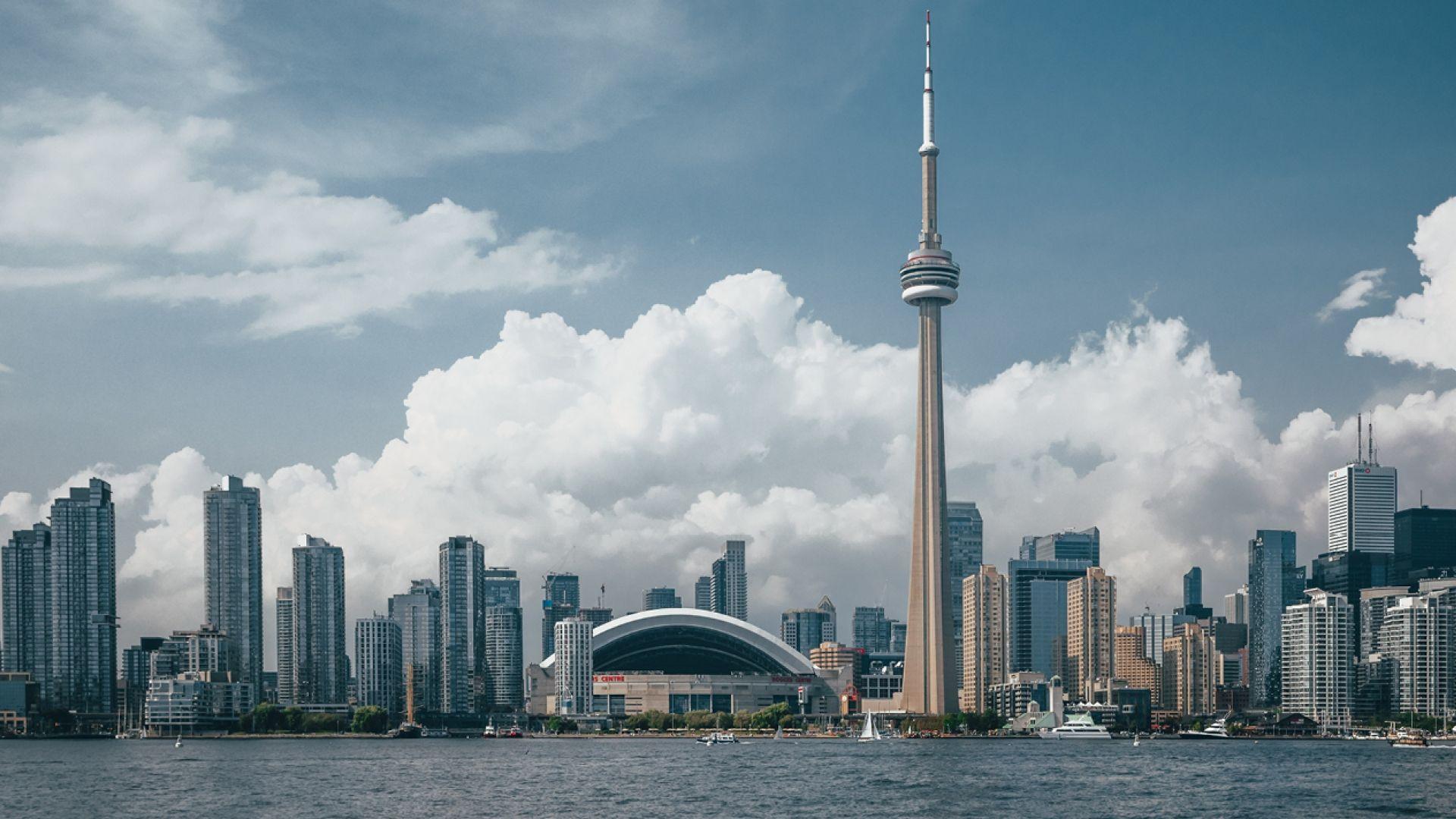
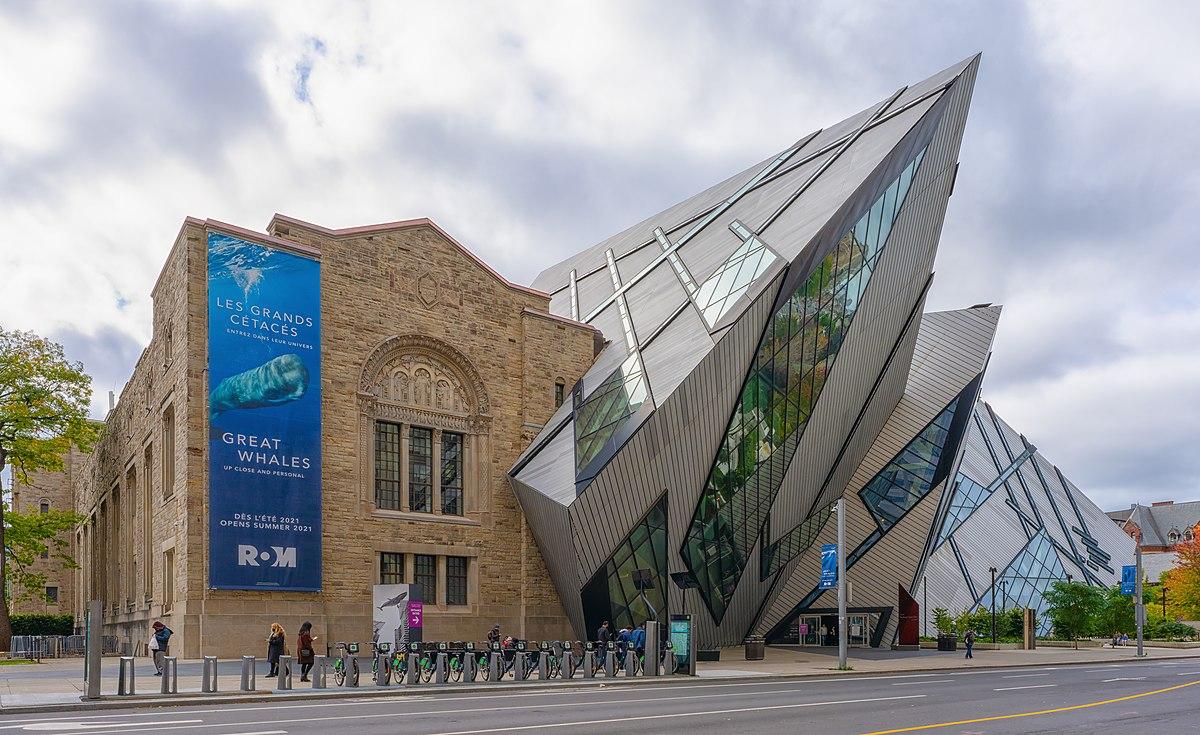
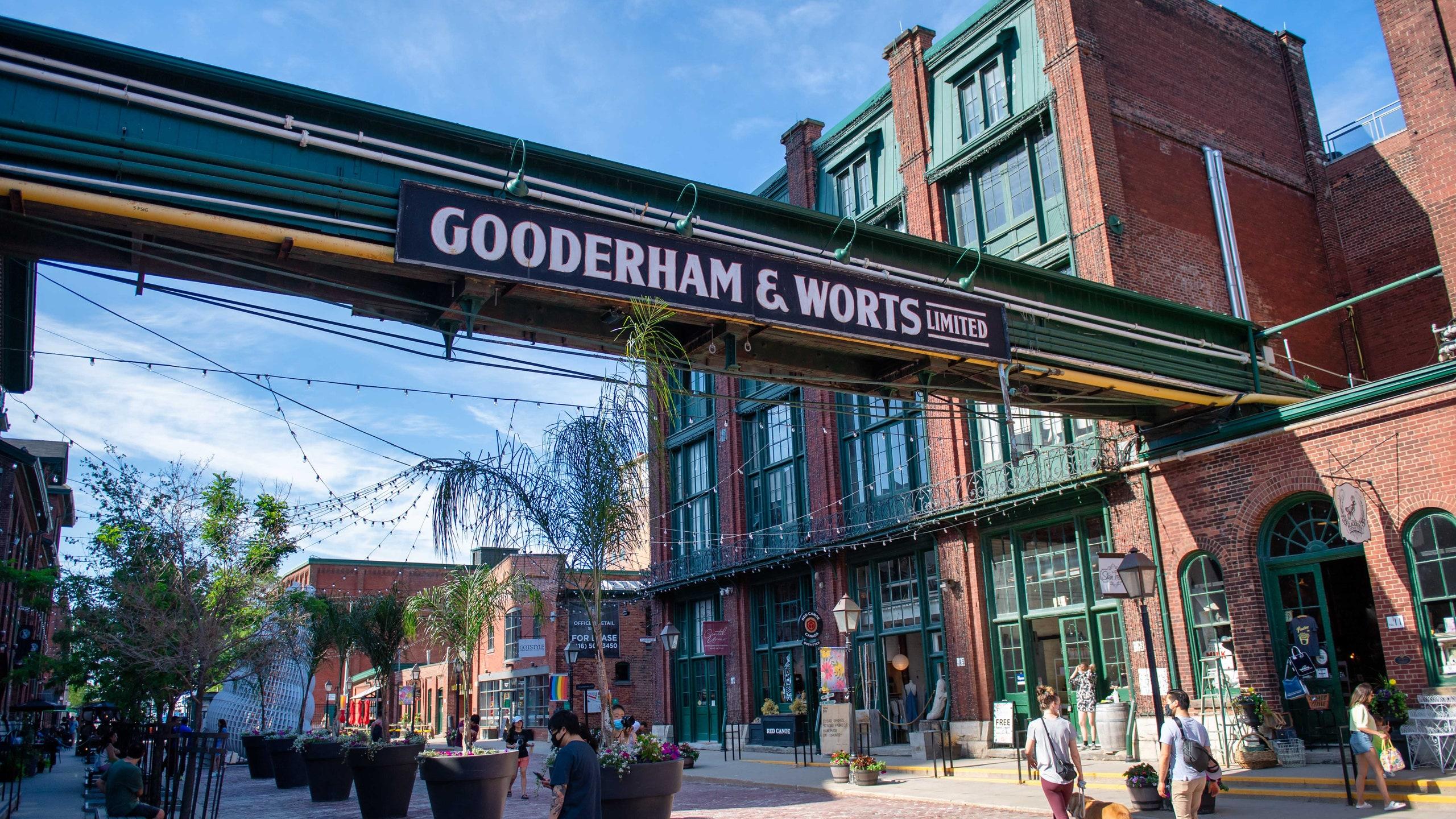
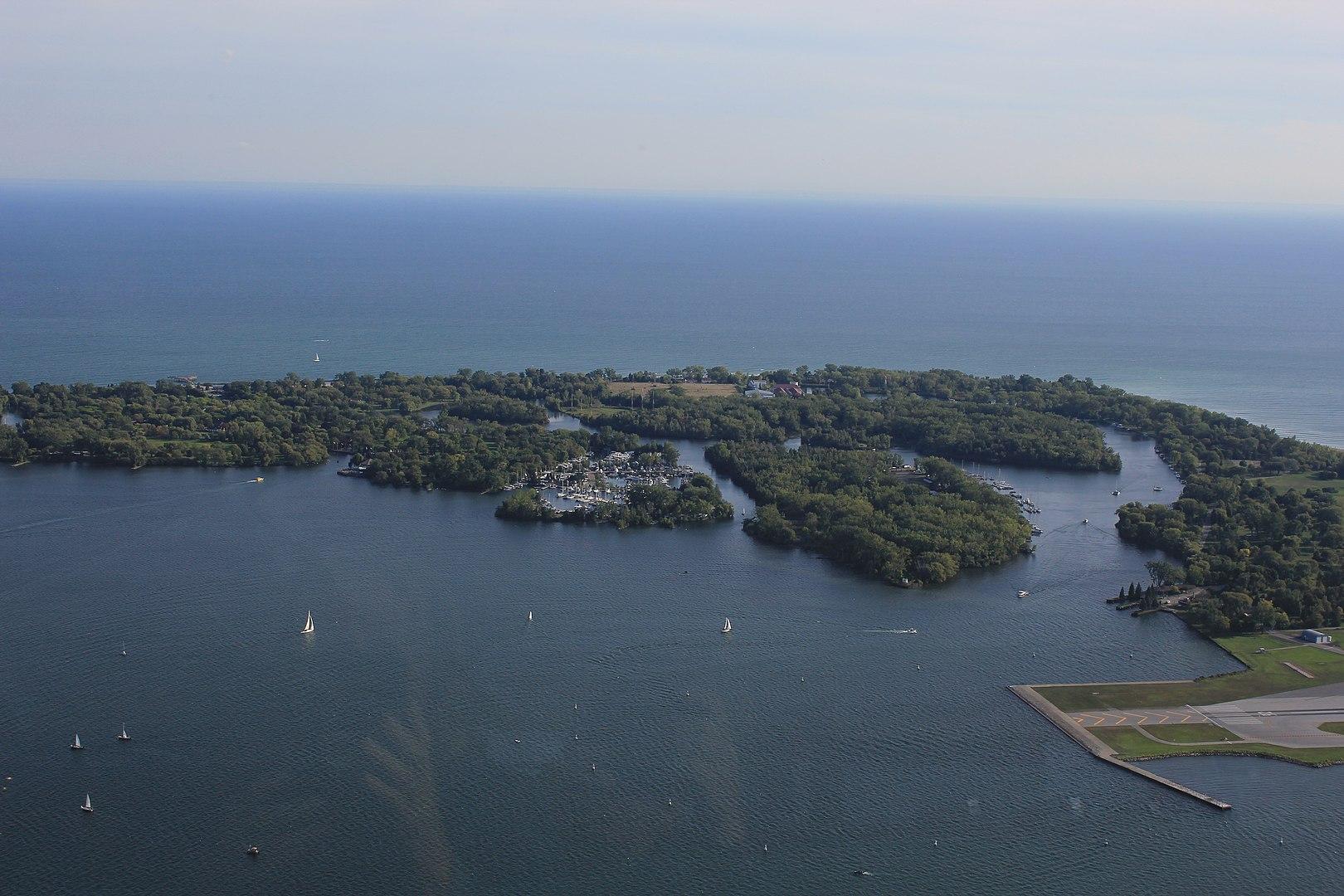
WHAT TO EAT IN TORONTO

PEAMEAL BACON SANDWICH
The Peameal Bacon Sandwich, also known simply as the "peameal sandwich," is a beloved Toronto specialty that has become an iconic part of the city's food culture. It consists of thinly sliced peameal bacon, which is pork loin that has been cured and rolled in cornmeal. The cornmeal gives the bacon its distinctive outer layer and adds a crispy texture when cooked. The bacon is typically grilled or pan-fried until golden brown and crispy on the outside while remaining tender and juicy inside. It's served on a soft bun, often with optional toppings such as mustard, pickles, or cheese, though purists often prefer it simple to let the flavor of the bacon shine. The sandwich is a popular choice for breakfast or lunch and can be found at various eateries and markets throughout Toronto, with vendors at places like St. Lawrence Market and other local delis known for serving excellent versions of this classic dish.
:strip_icc()/quick-poutine-BBOQQT52qRM8_P2JsdQxXI-2336ec1ff4744ee89333a3da76fd7ae3.jpg)
POUTINE
Poutine is a quintessential Canadian dish that originated in Quebec but has gained popularity across the country, including in Toronto. It typically consists of crispy French fries topped with cheese curds and smothered in rich, flavorful gravy. The cheese curds are key to authentic poutine, providing a distinctive texture—squeaky yet creamy—when they begin to soften under the hot gravy. Poutine can be enjoyed in its classic form or with variations that include additional toppings such as pulled pork, bacon, mushrooms, or even lobster, depending on the creativity of the chef or establishment. In Toronto, you can find excellent poutine in various eateries ranging from casual diners and pubs to trendy restaurants specializing in Canadian comfort food. It's a hearty and satisfying dish, perfect for indulging in during cold winters or as a comforting treat any time of the year.

JERK CHICKEN
Jerk chicken is a flavorful and spicy dish that originates from Jamaica but has become widely popular in Toronto due to its vibrant Caribbean community and culinary influences. The dish typically features chicken marinated in a blend of spices and seasonings known as jerk seasoning. This seasoning often includes ingredients such as Scotch bonnet peppers (or other hot peppers), allspice (pimento), thyme, garlic, ginger, scallions (green onions), soy sauce, and various herbs and spices. The marinated chicken is traditionally grilled over a charcoal fire or smoked, imparting a smoky and spicy flavor profile. Jerk chicken can be served as a main dish accompanied by sides like rice and peas (or plain rice), coleslaw, and fried plantains. In Toronto, you can find jerk chicken served at Caribbean restaurants, food trucks, and festivals, offering a taste of the islands with a spicy kick that's sure to satisfy adventurous palates.

BUTTER TART
A butter tart is a sweet pastry consisting of a flaky crust filled with a gooey mixture made primarily from butter, sugar, and eggs. The filling often includes additional ingredients such as raisins, pecans, or walnuts, which add texture and flavor. The exact origins of the butter tart are debated, but it is considered a quintessential Canadian dessert, with variations found across the country. Butter tarts can be enjoyed at bakeries, cafes, and dessert shops throughout Toronto and beyond, often served either warm or at room temperature. They are known for their rich, buttery filling that melts in your mouth and makes for a delightful sweet treat, perfect with a cup of coffee or tea.
HOW MANY DAYS SHOULD YOU SPEND IN TORONTO?
The ideal duration for a visit to Toronto largely depends on how deeply you want to explore the city's diverse offerings. For a brief stay of 1-2 days, focus on iconic attractions like the CN Tower and Ripley's Aquarium, along with exploring vibrant neighborhoods such as Kensington Market and Distillery District. A medium visit of 3-4 days allows for a more immersive experience, including visits to additional neighborhoods like Yorkville or Little Italy, and enjoying outdoor spaces like High Park or Toronto Islands. For an extended stay of 5 days or more, you can delve deeper into Toronto's cultural scene, attend live performances or sporting events, and even venture on day trips to Niagara Falls or nearby wine regions. This extended timeframe provides ample opportunity to discover both the well-known landmarks and hidden gems that make Toronto such a dynamic and inviting city to explore.
